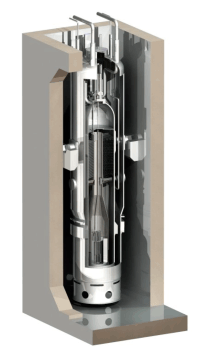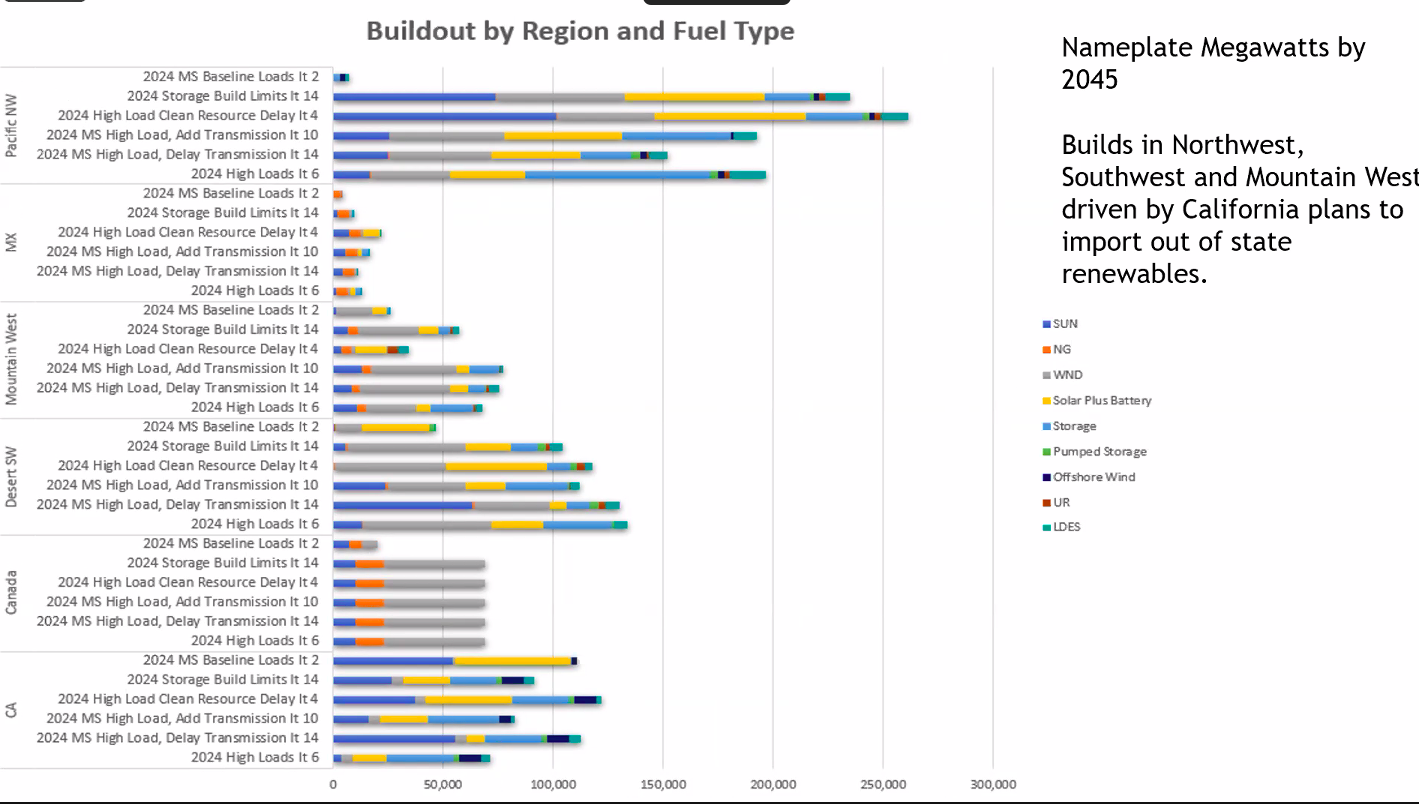forum
library
tutorial
contact

Spin Control: As State Studies 'Modular'
Nuke Plants, History Worth Remembering
by Jim Camden
The Spokesman-Review, August 4, 2024
|
the film forum library tutorial contact |

|
Spin Control: As State Studies 'Modular'
by Jim Camden
|
Some see "modular nukes" as a magic bullet to the world's climate crisis.
 Proponents of nuclear power, who have been wandering for decades like latter-day Israelites in a desert of public skepticism, might be feeling hopeful about a revival of their prospects.
Proponents of nuclear power, who have been wandering for decades like latter-day Israelites in a desert of public skepticism, might be feeling hopeful about a revival of their prospects.
After all, when the National Republican platform supports expanding nuclear power and the Washington Democratic platform doesn't come out against it, one might assume a window of opportunity is opening. In the push to reduce carbon emissions that come from burning coal, petroleum products or natural gas to generate electricity, some people are even lumping nuclear into the "green" energy column.
The latest push is for so-called modular nuclear reactors, smaller than the nuke plants built in the last half of the 1900s, with claims that they can be sized to a particular need. The Hanford Nuclear Reservation has been mentioned as a possible home for one or more such reactors. The Legislature earlier this year set aside $25 million for a feasibility study on the devices, which some enthusiastic supporters see as a magic bullet to the world's climate crisis.
Even some people who doubt that there is a climate crisis -- or that if one exists it is not manmade and thus cannot be man unmade -- are happy to jump on the modular reactor bandwagon.
This seems to gloss over the fact that despite the reactors' virtues of carbon-free emissions, pollution from spent nuclear fuel has a half-life measured in geologic time. Well, at least it can be encased, carted away and buried somewhere to become the problem of some future, and let's hope smarter, generation.
Although a price tag in eight figures seems a bit spendy, a feasibility study is all well and good as long as at least someone compiling it remembers that magic bullets sometimes misfire and blow up in your face.
One previous effort to solve a projected power shortage in Washington with nuclear power did just that in the 1980s.
These days, political and business leaders worry about not having enough electricity to attract new server farms and chip manufacturers, and power our computers and electric cars. In the 1960s and 1970s, utility leaders and government officials worried the rapidly growing Northwest wouldn't have enough power for new business with their lights and machinery and new homes with more heaters, air conditioners and televisions.
The region had some of the cheapest electricity, but pretty much had exhausted its ability to dam the available rivers to generate more cheap hydropower.
In their search for new sources of affordable power, a group of public utilities hit on the idea of building commercial nuclear power plants at Hanford, which had a history with nuclear power -- albeit the kind that primarily made bombs. It also had lots of open space owned by the federal government, and thus not likely to generate opposition from pesky NIMBYs.

One of the early selling points of the plants was that the power was going to be "too cheap to meter." At one point, nuclear proponents talked of building as many as two dozen nuclear power plants at Hanford.
The first never proved true. The second was wildly overblown, but by the end of the 1970s, a consortium of utility districts known as the Washington Public Power Supply System had embarked on plans to build three commercial reactors at Hanford and -- in an apparent effort to spread around the wealth of construction billions -- two more at Satsop on the Olympic Peninsula. To cut costs, the two at Satsop and two of the three at Hanford were to be "twins" to save money on design and construction.
The financial, legal and political troubles of that grand scheme have filled books. The Cliff Notes version is that cost overruns and schedule delays made the total plan so expensive that the consortium shut down construction on four of the five plants, defaulted on a then-record $2.5 billion in municipal bonds sold to pay for them and led to the universal pronunciation of the WPPSS acronym as "Whoops!"
Because of rebranding -- the consortium eventually changed its name to Energy Northwest and the name of the finished reactor from WPPSS 2 to Columbia Generating Station -- there are probably people who have moved to the region in the past few decades who have never heard the Whoops story, and even some longtime residents who have forgotten it.
This is not to say that because of the WPPSS debacle the Northwest should never consider nuclear power. But it should at least be included as a cautionary tale about believing all the hype about a new generation of nuclear reactors in that feasibility study.
It should also be noted that the last time a power shortage loomed, the region solved some of its problem with a series of smaller "fixes." As prices went up, people put more insulation in their old homes and built less energy-hungry new ones; they switched from electric heat to natural gas and bought more efficient appliances. It wasn't the panacea that some of the anti-nuke forces touted, but it wasn't as negligible as some utility experts predicted.

learn more on topics covered in the film
see the video
read the script
learn the songs
discussion forum
